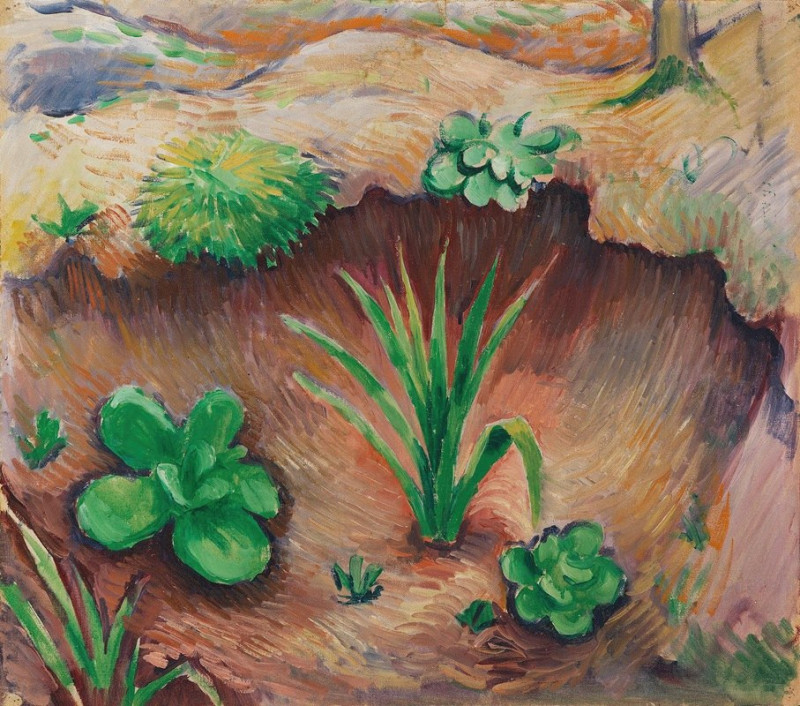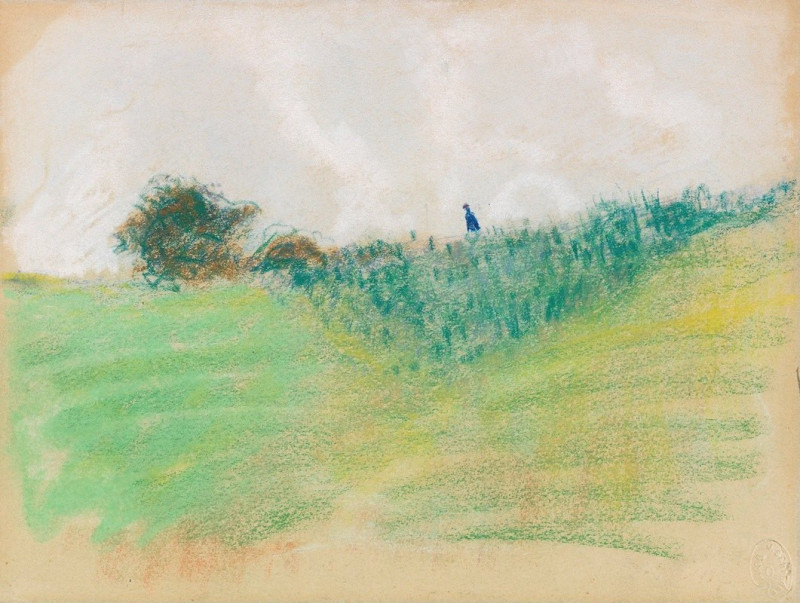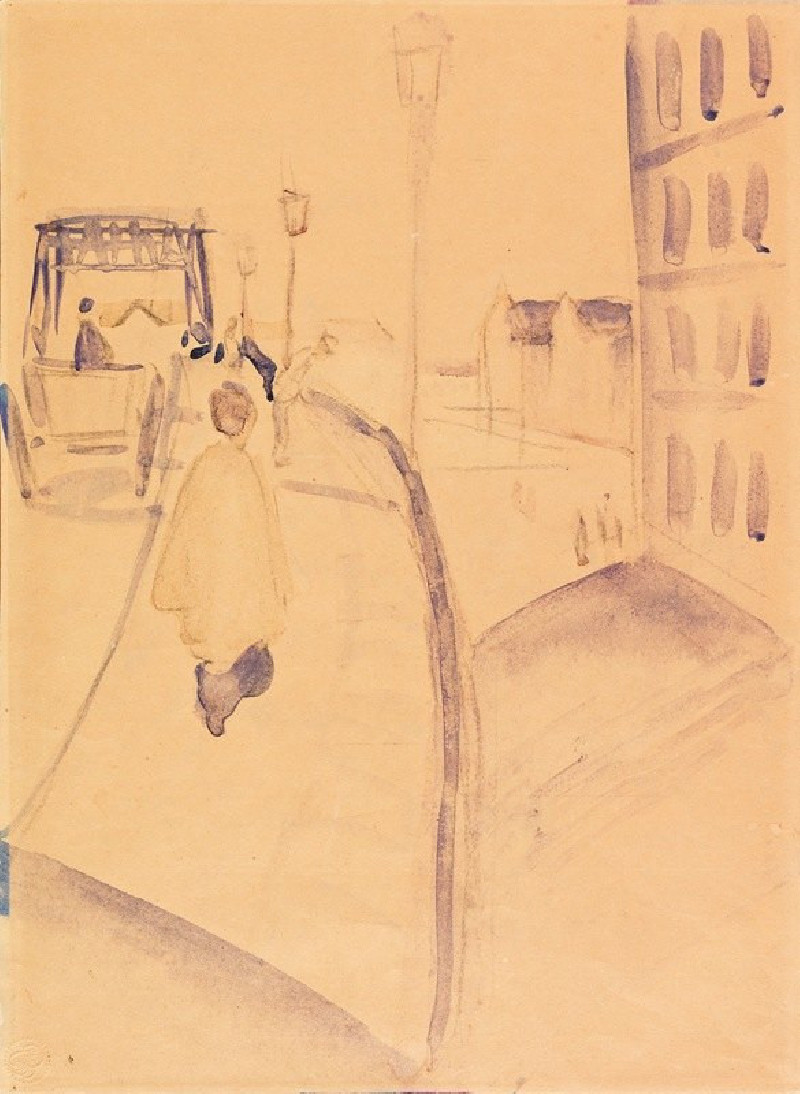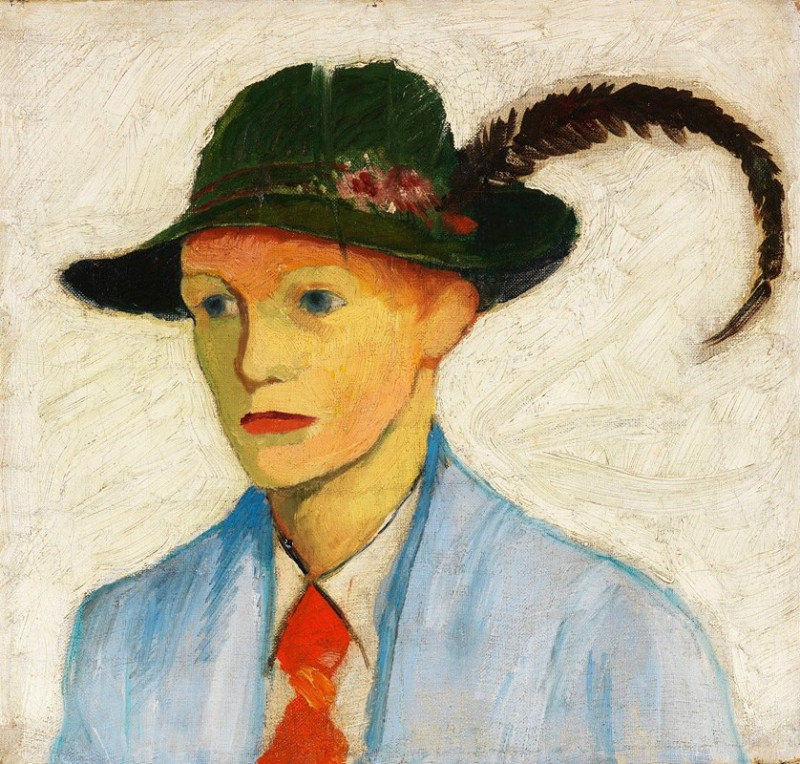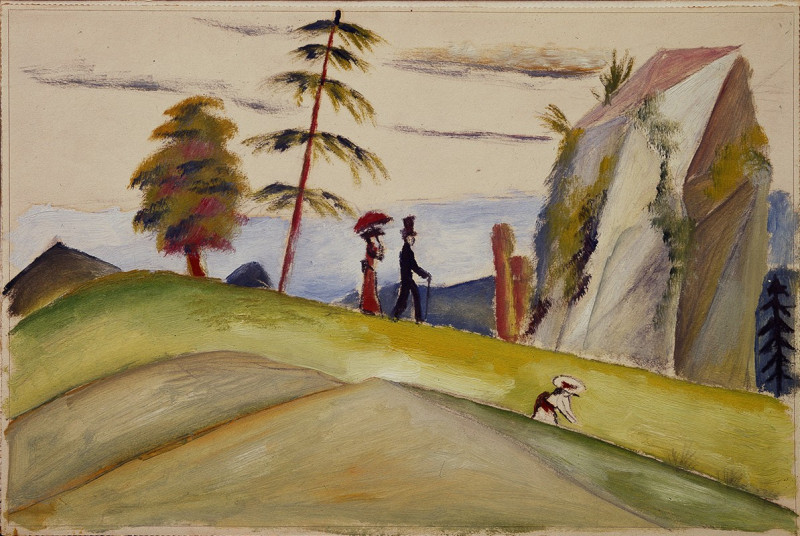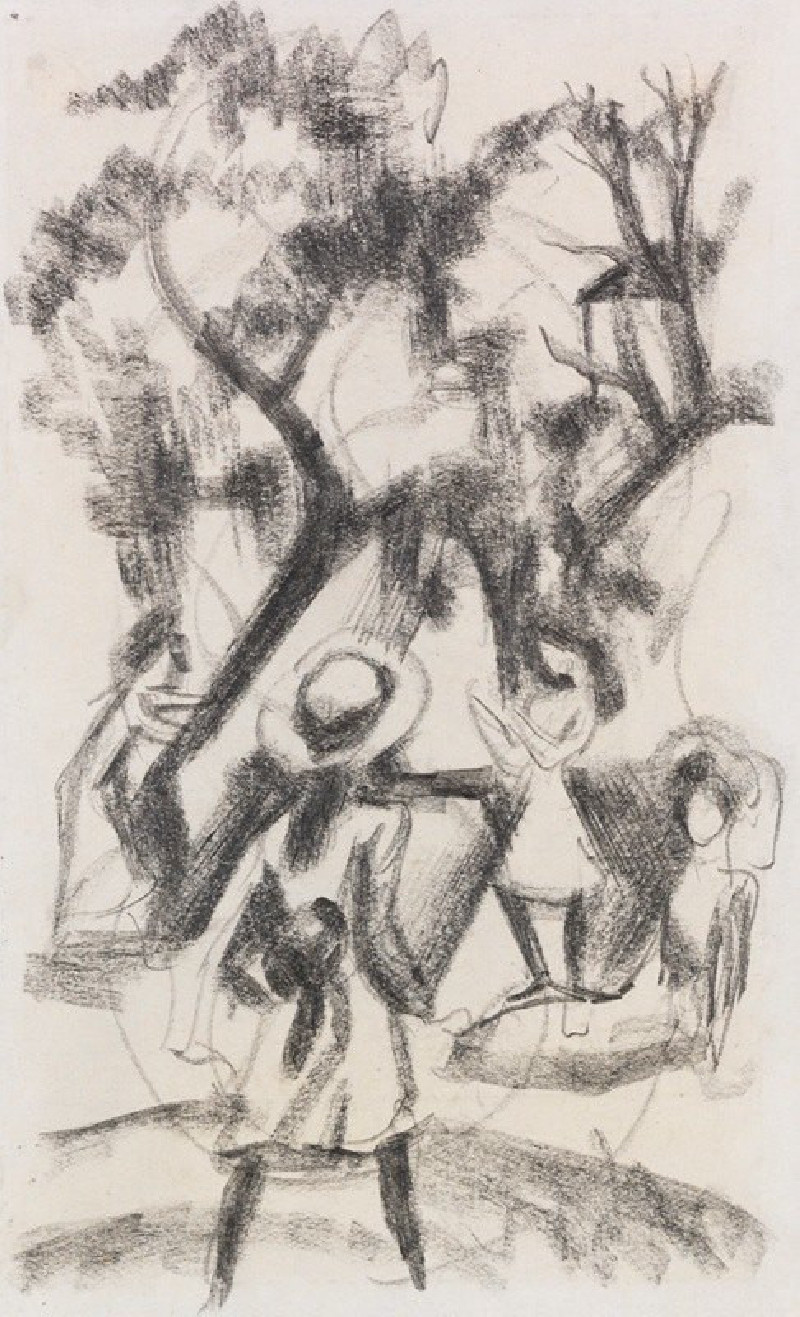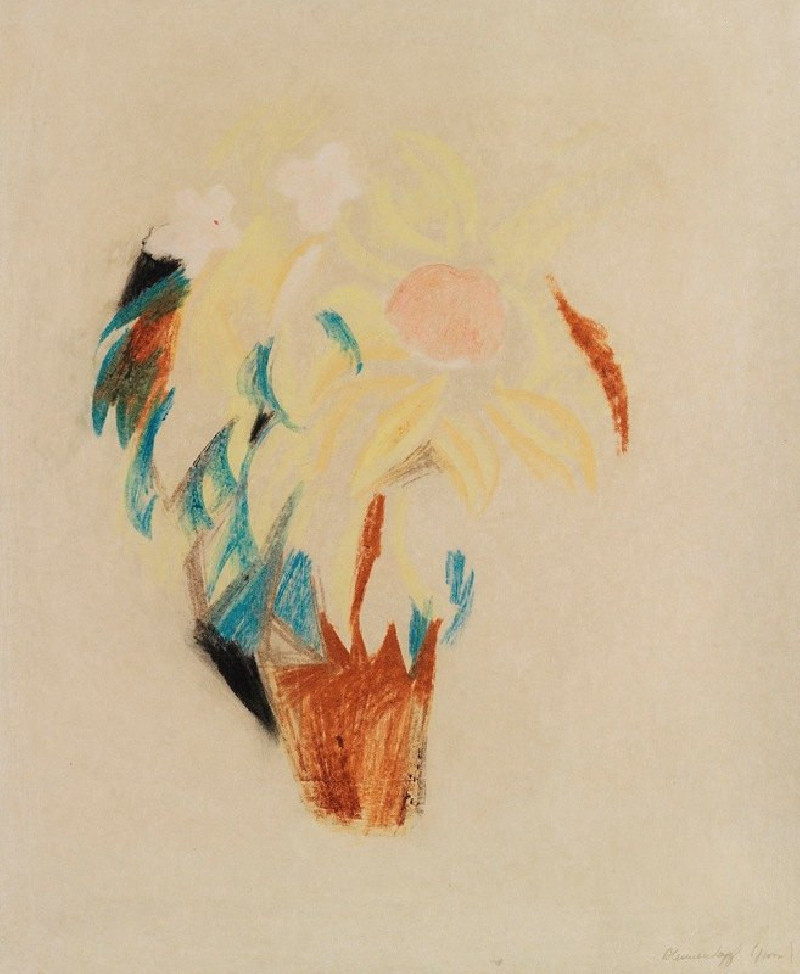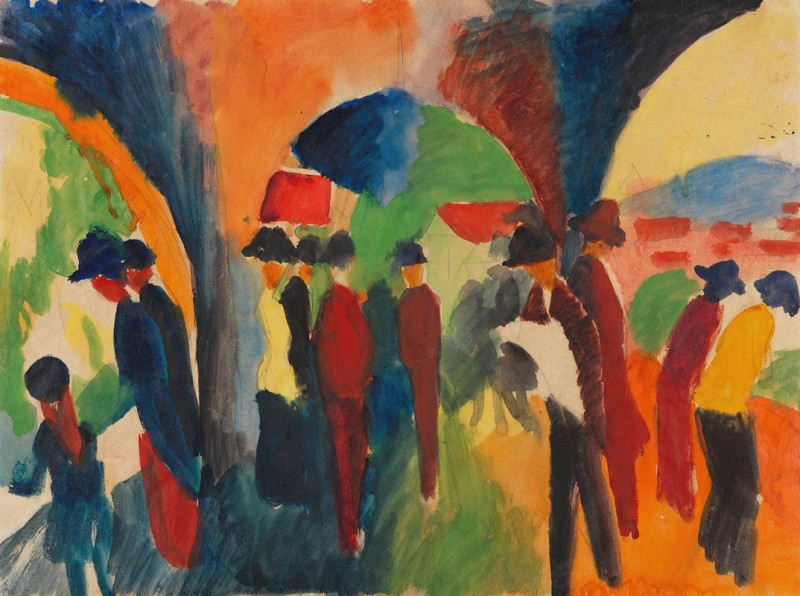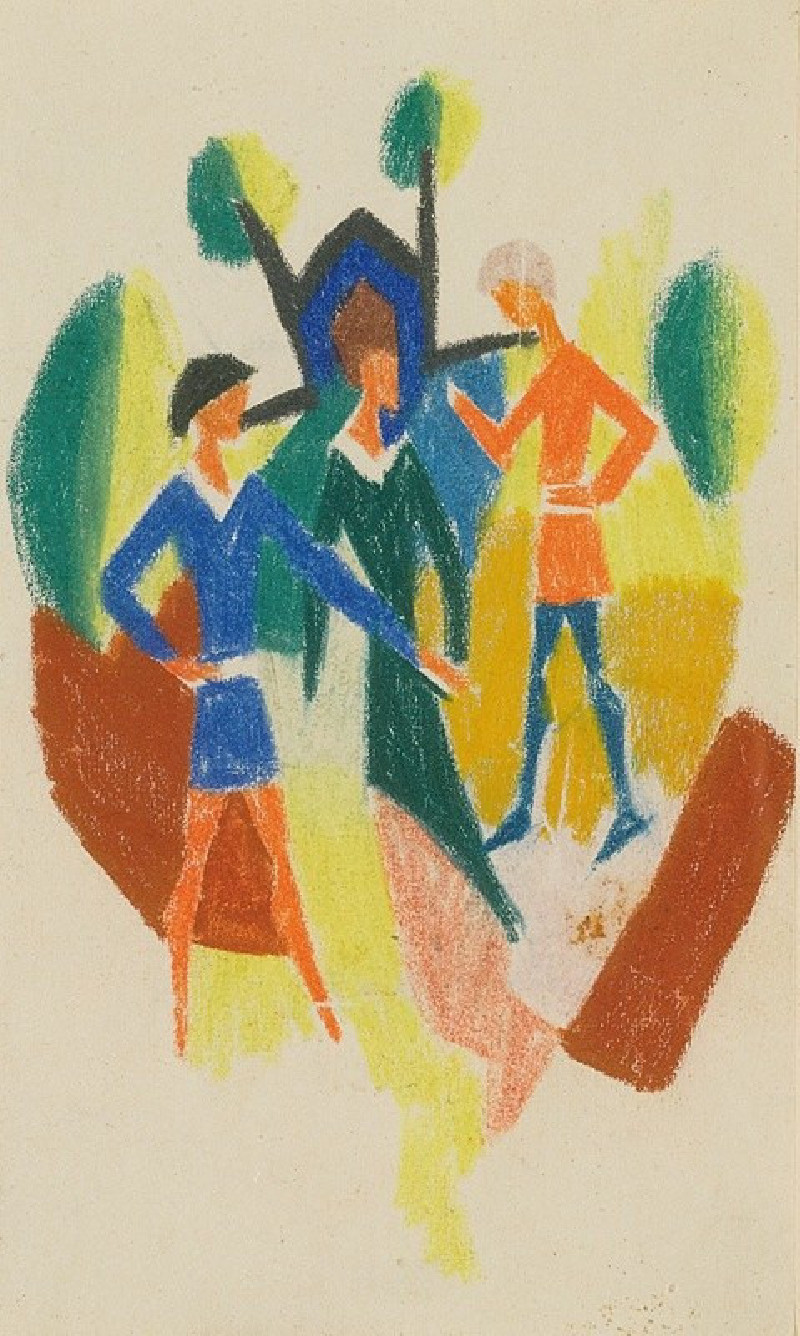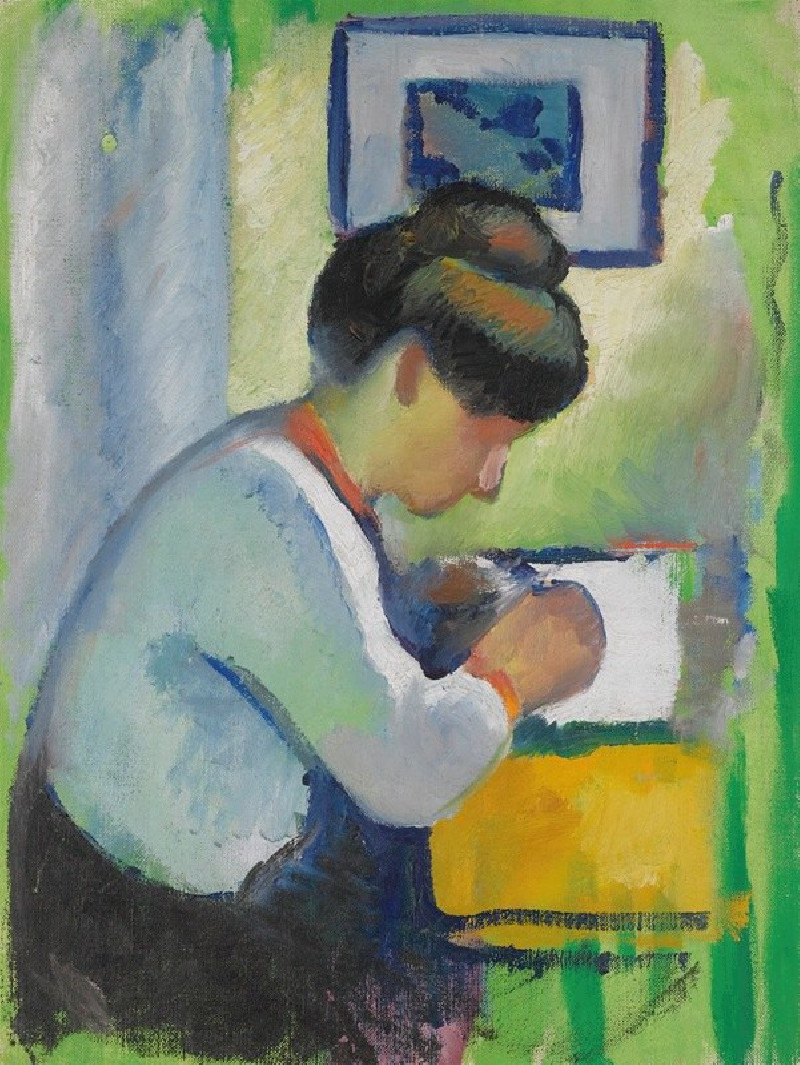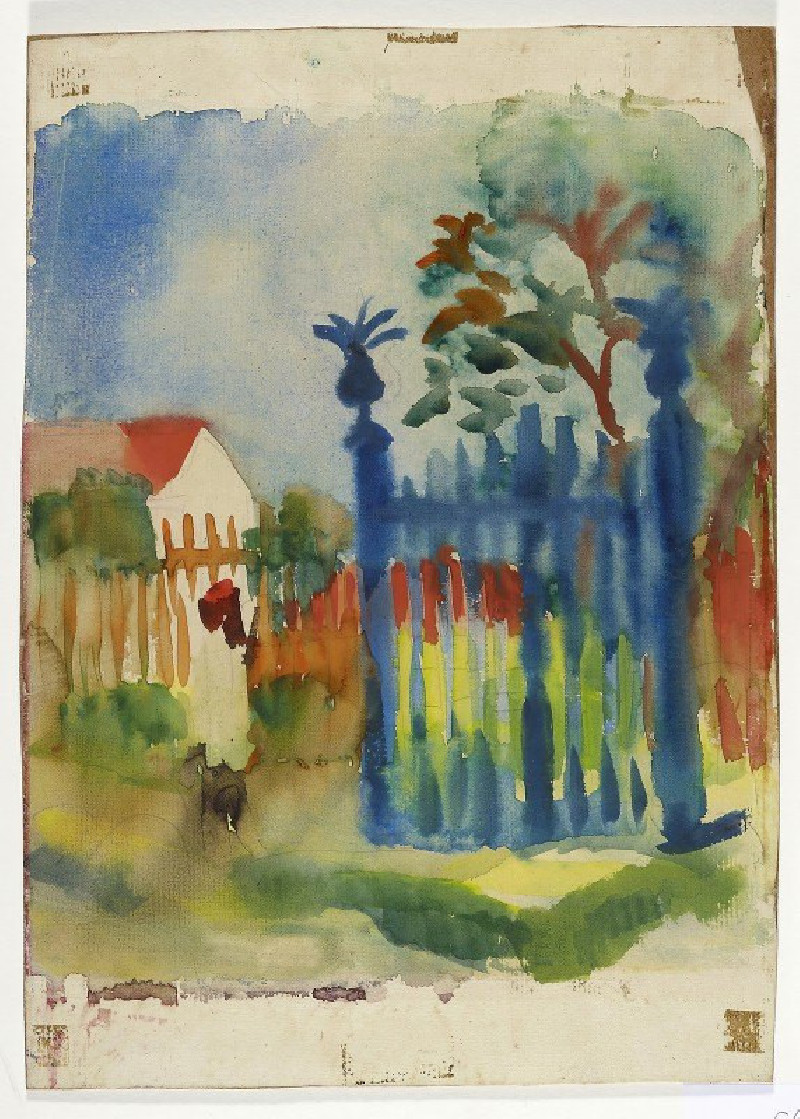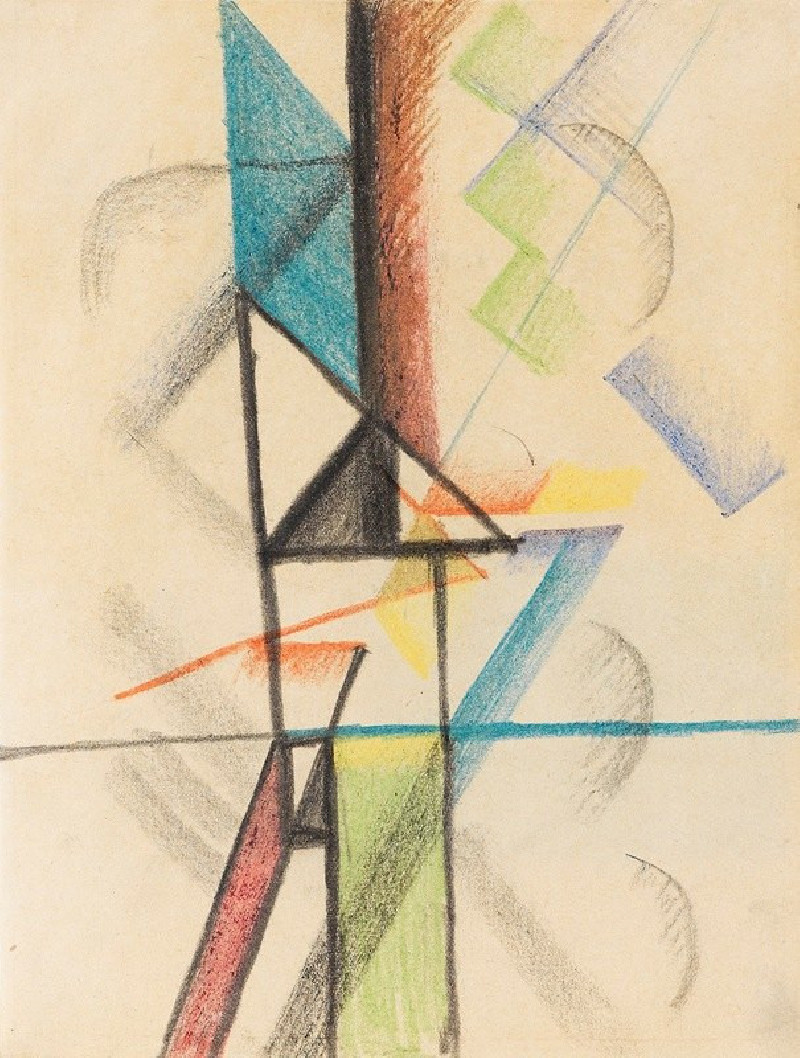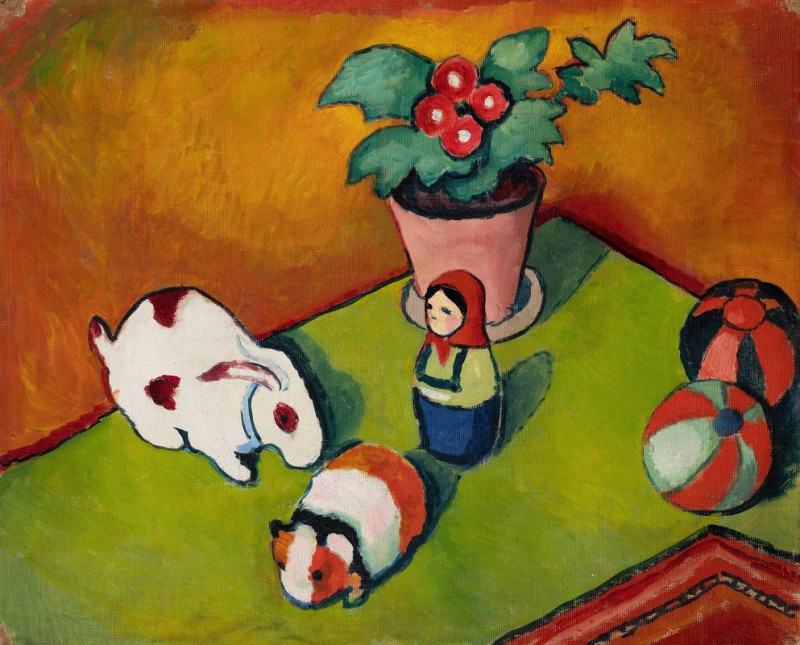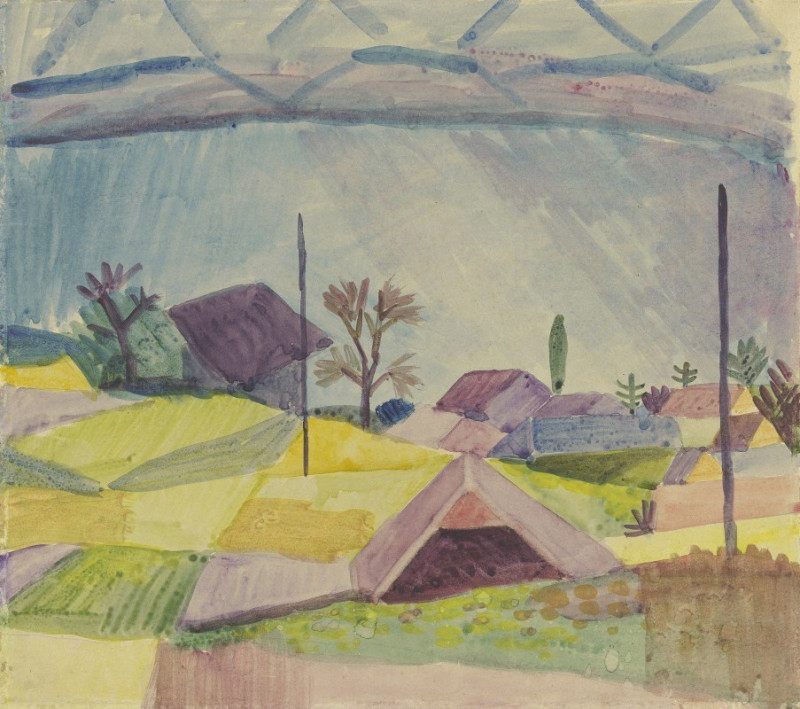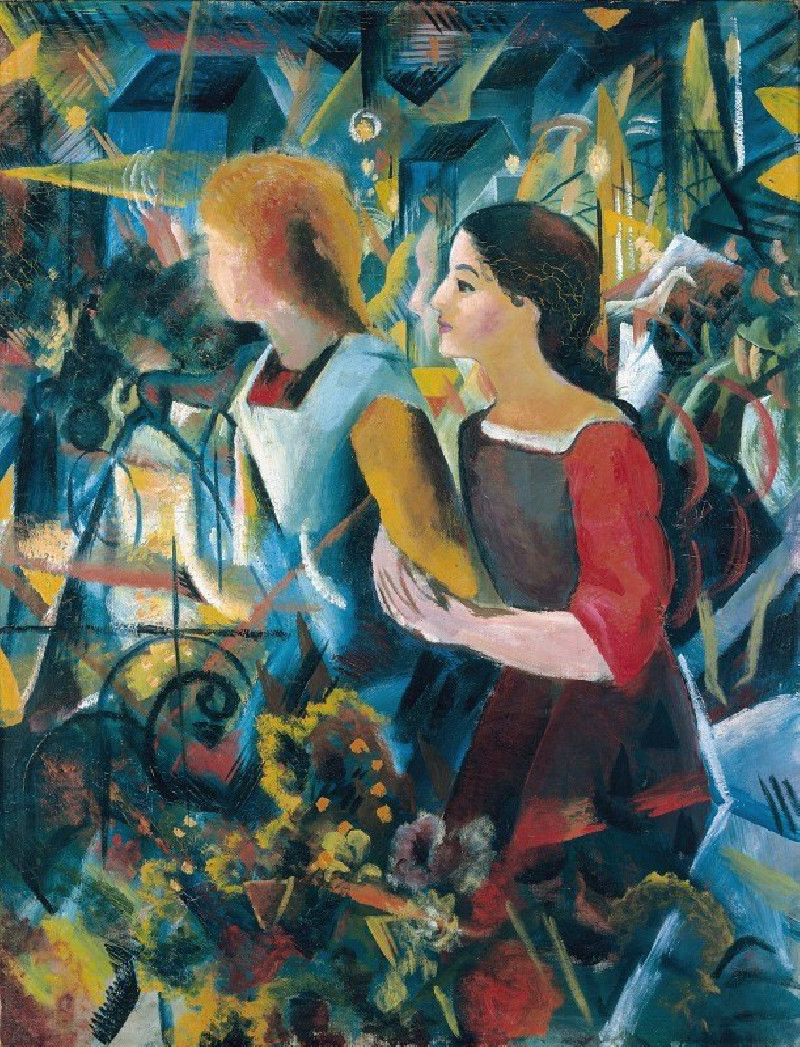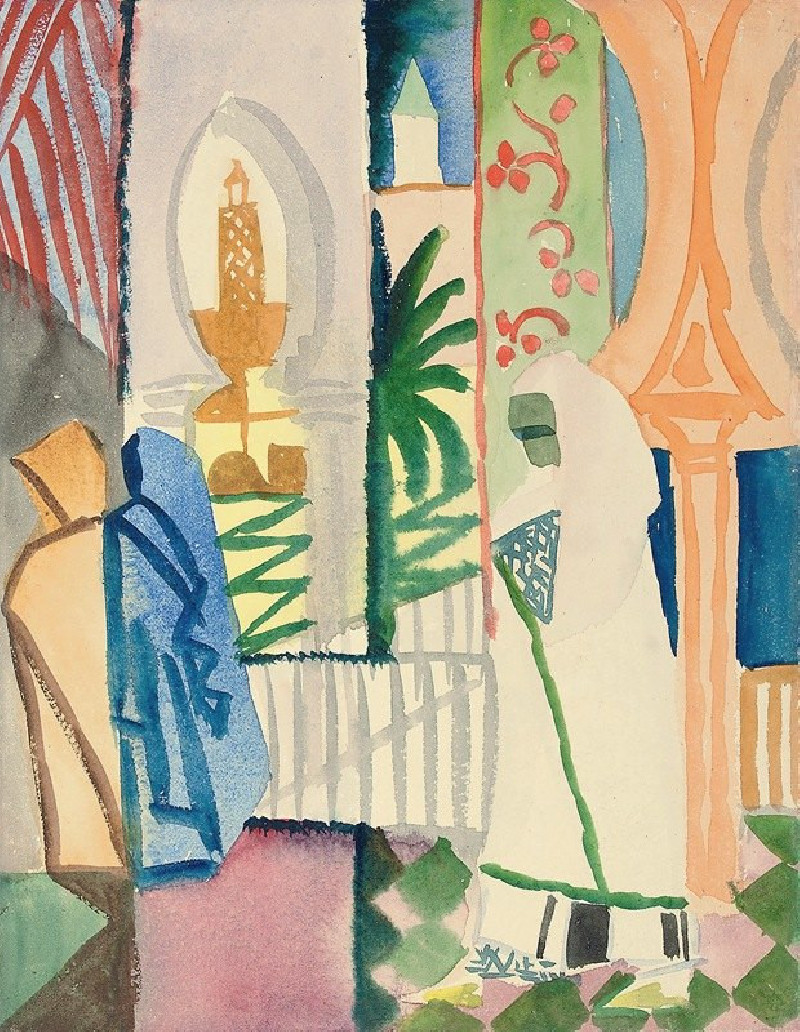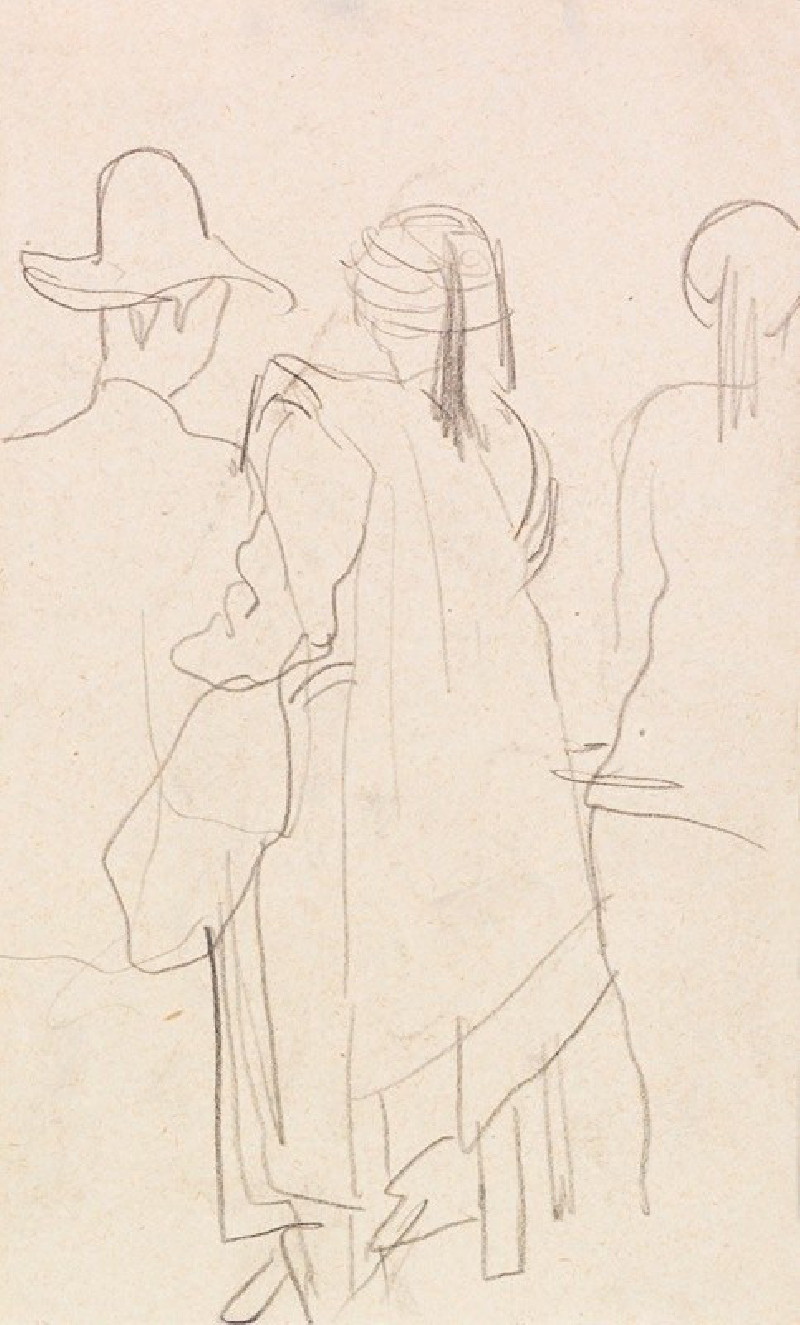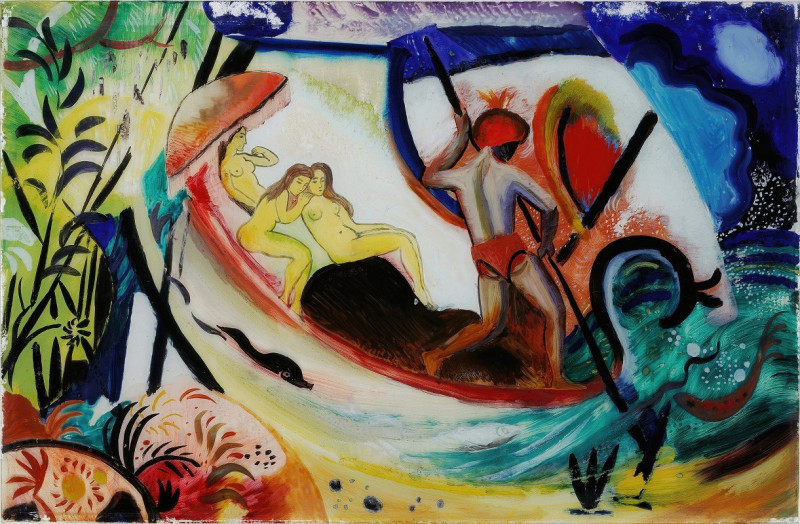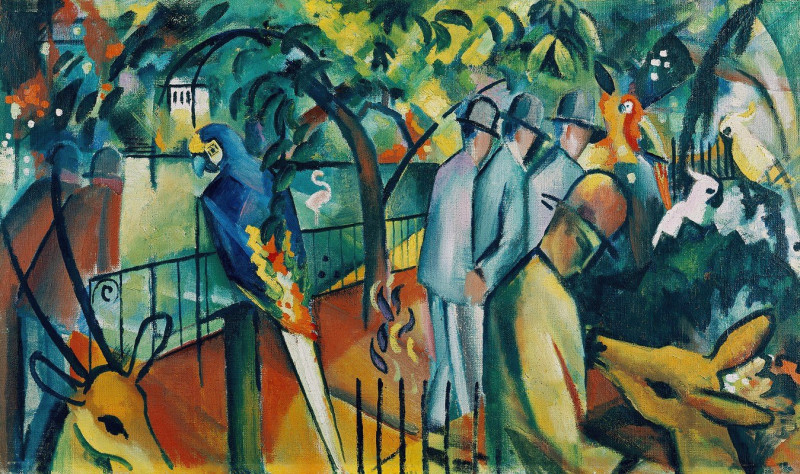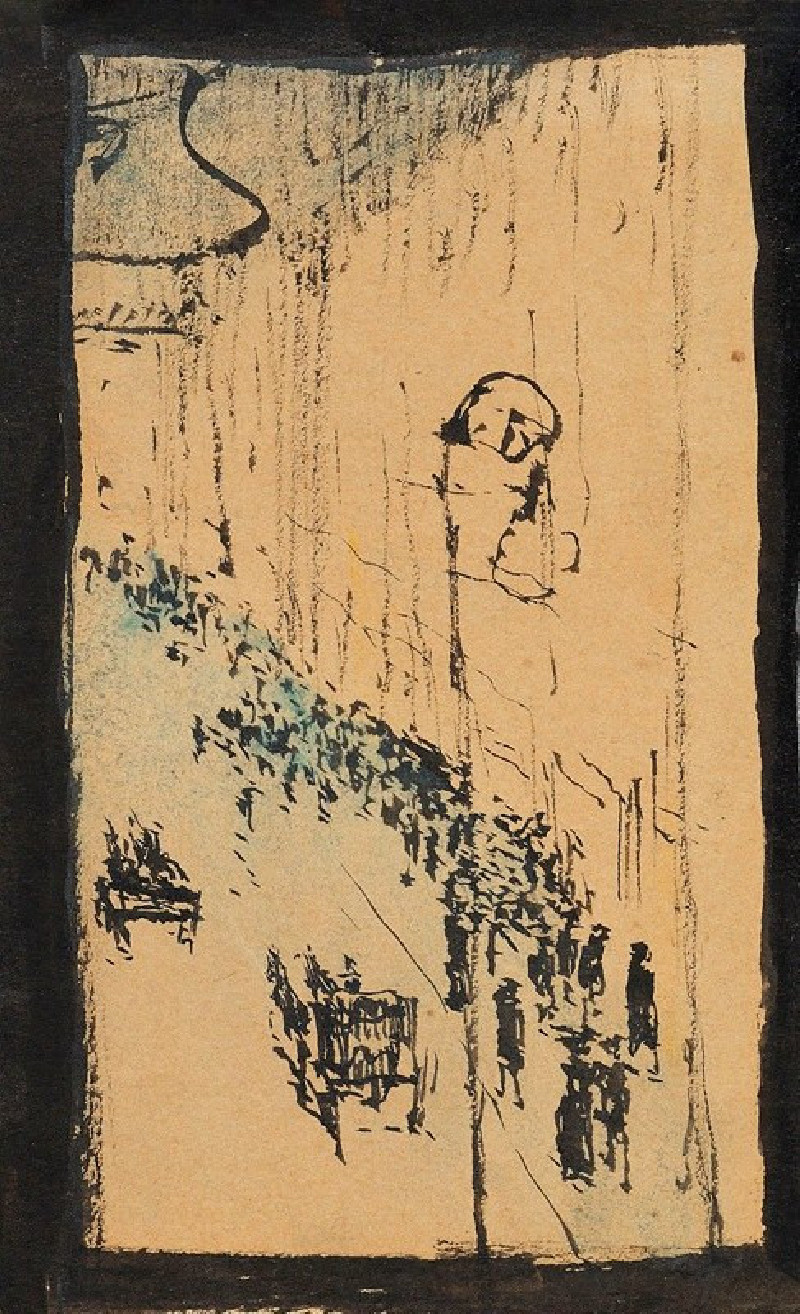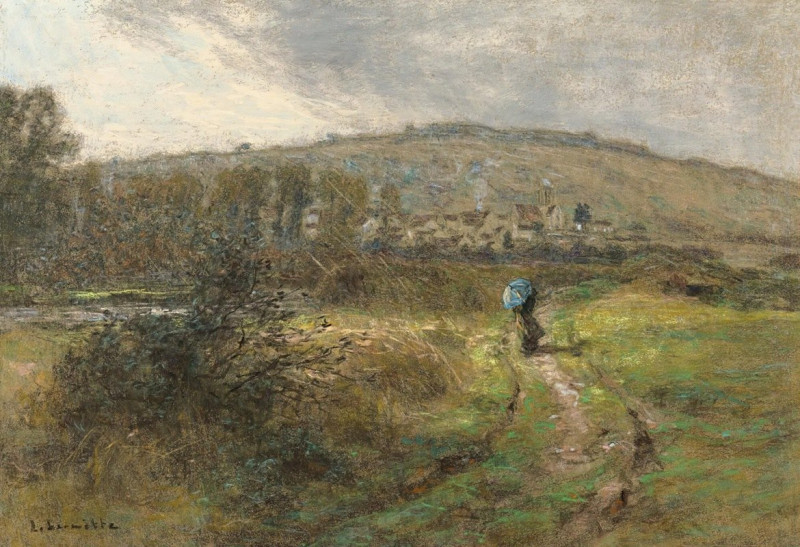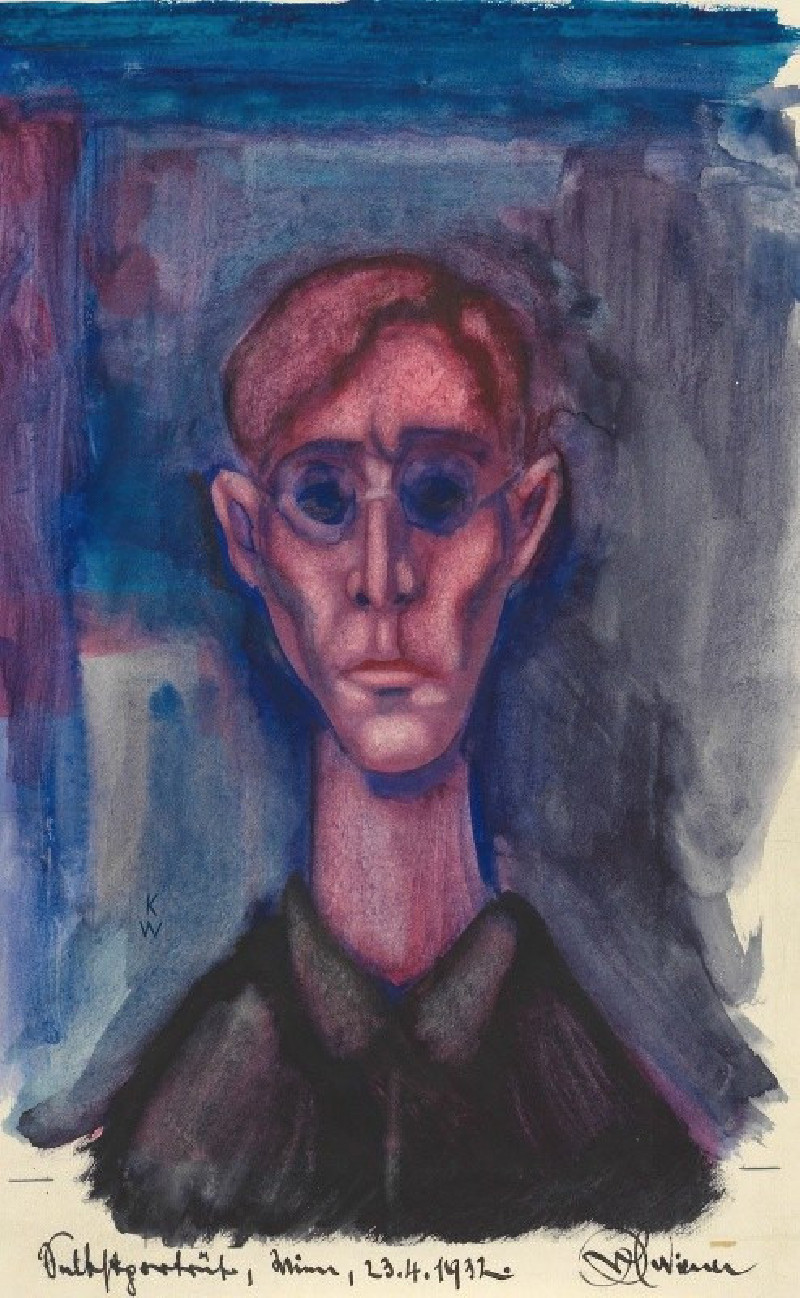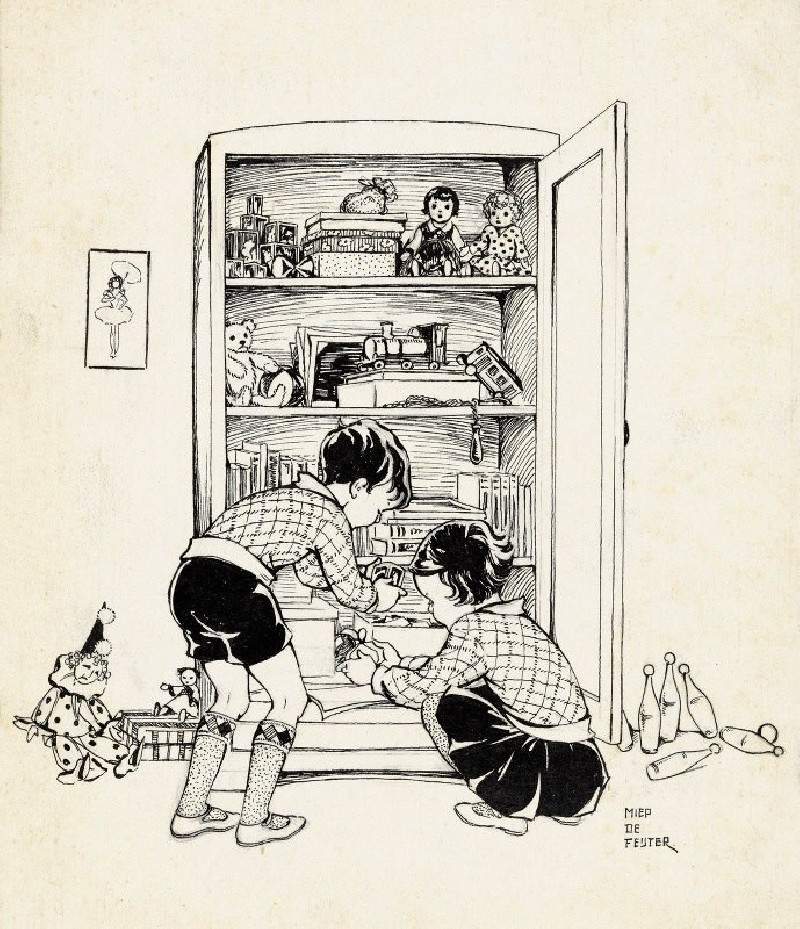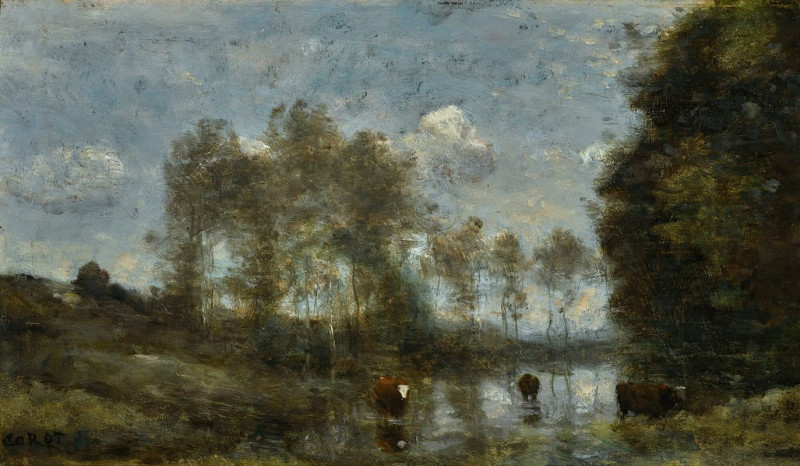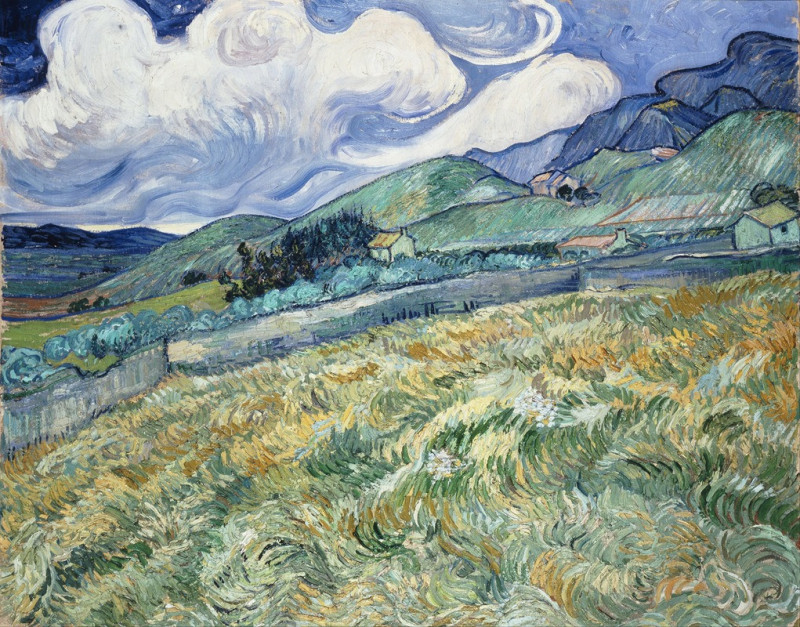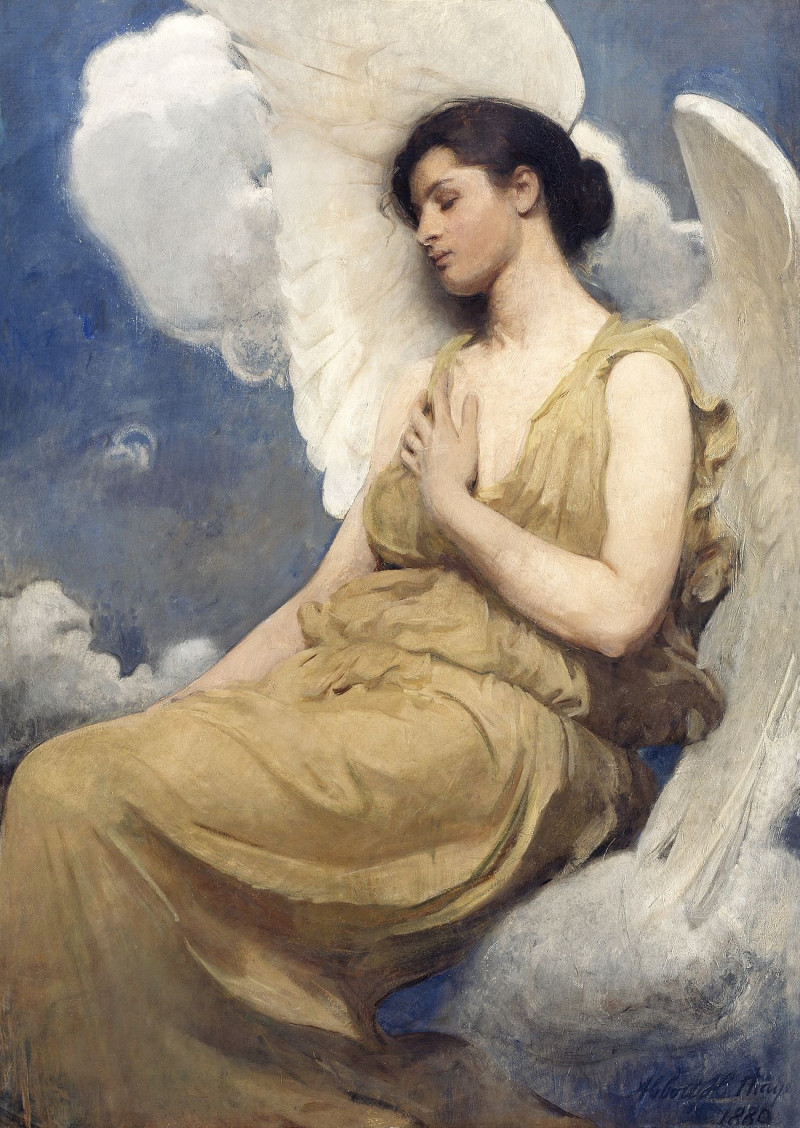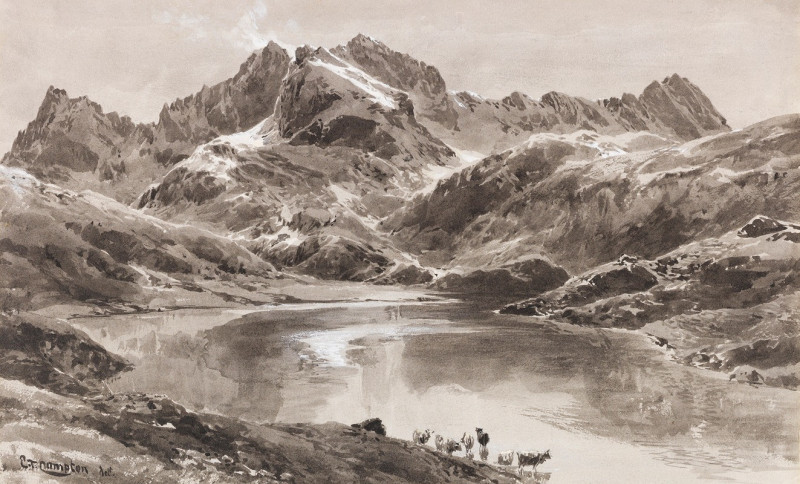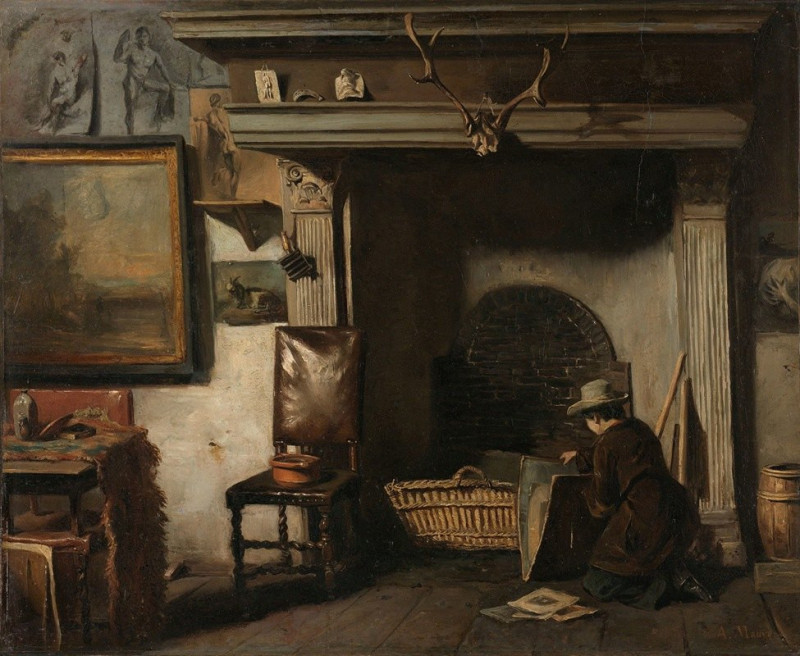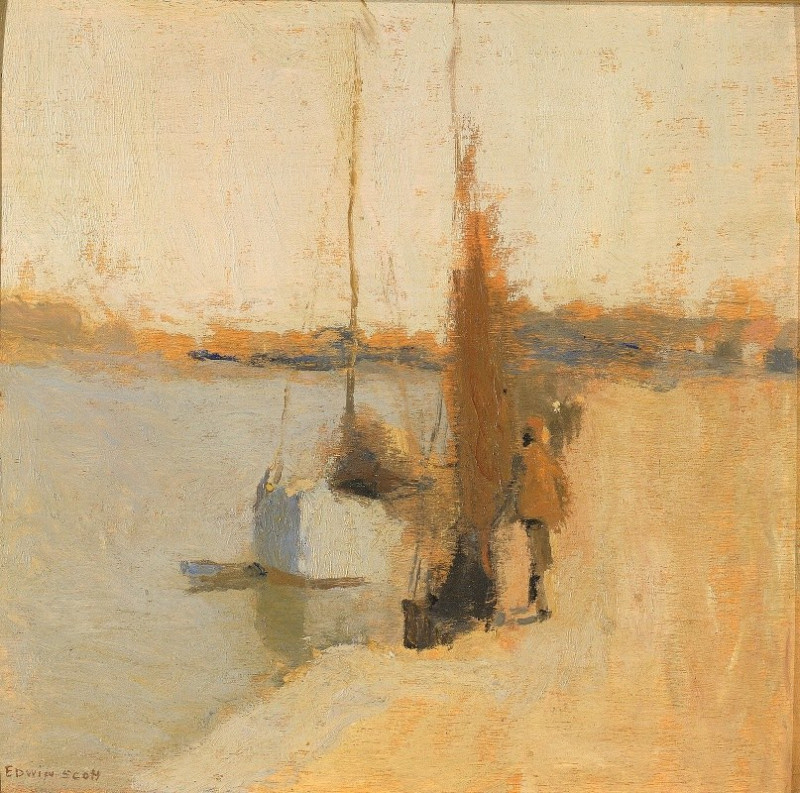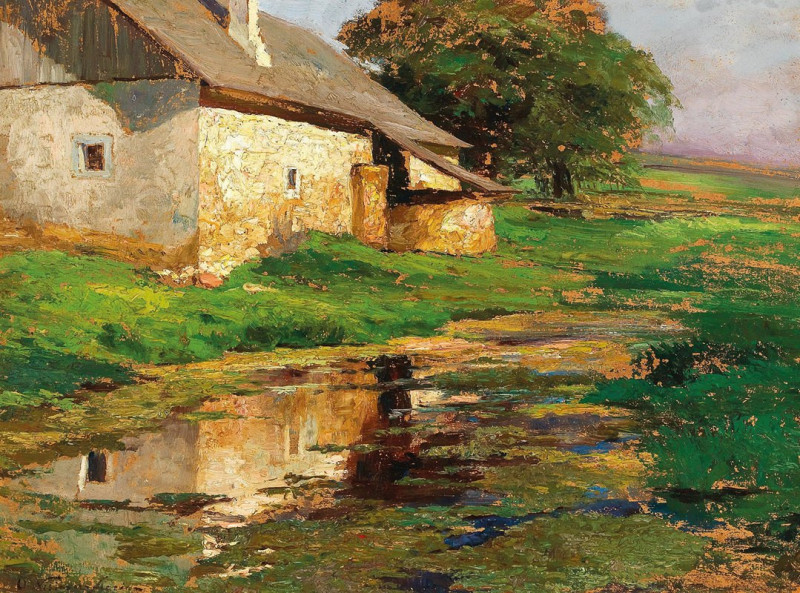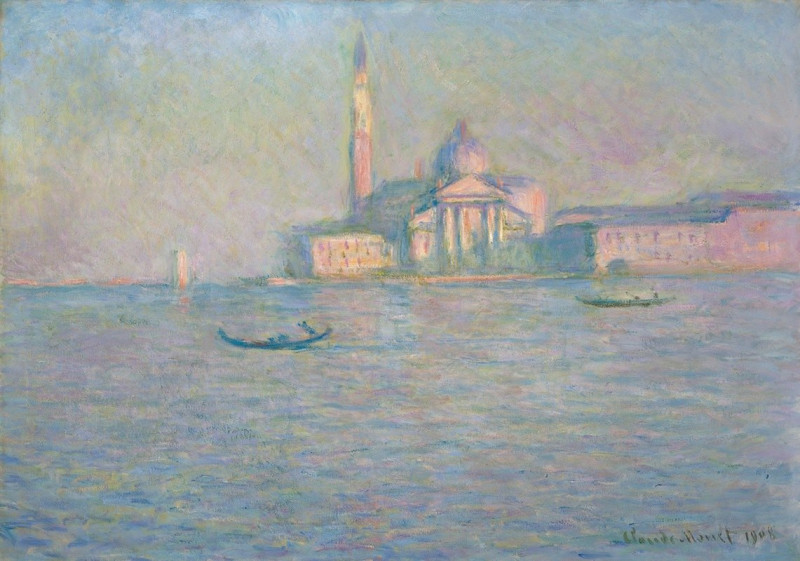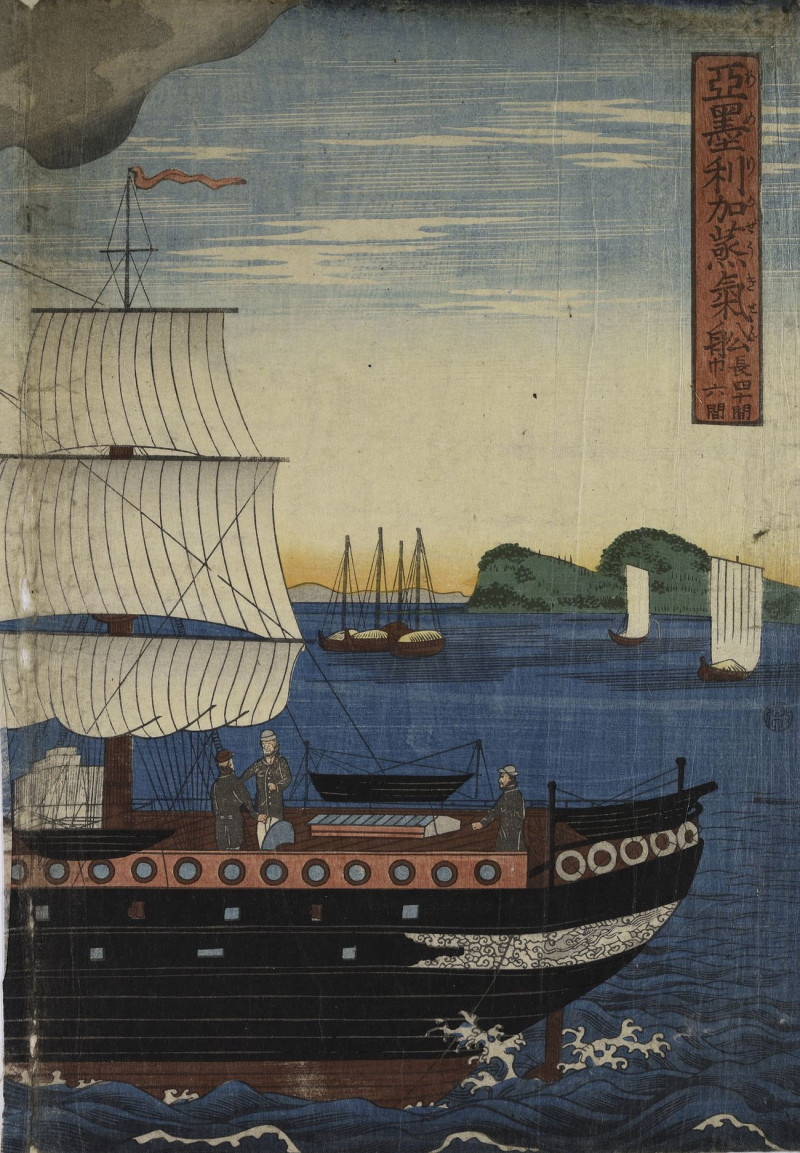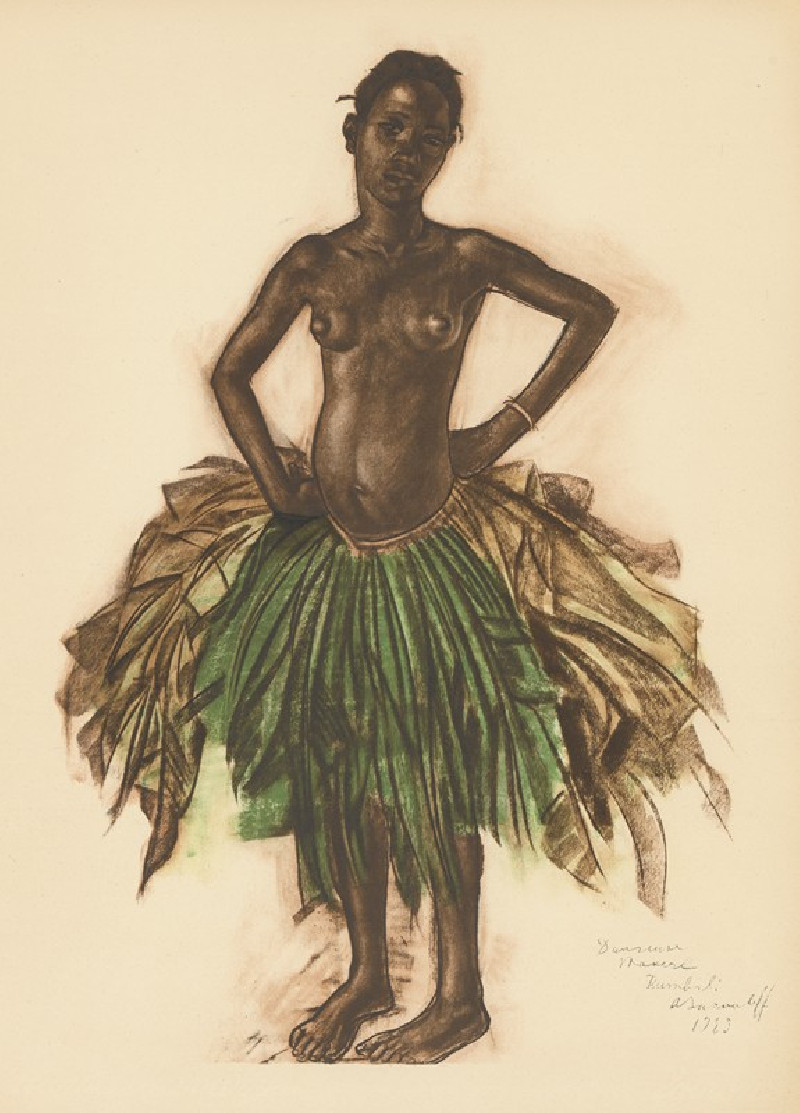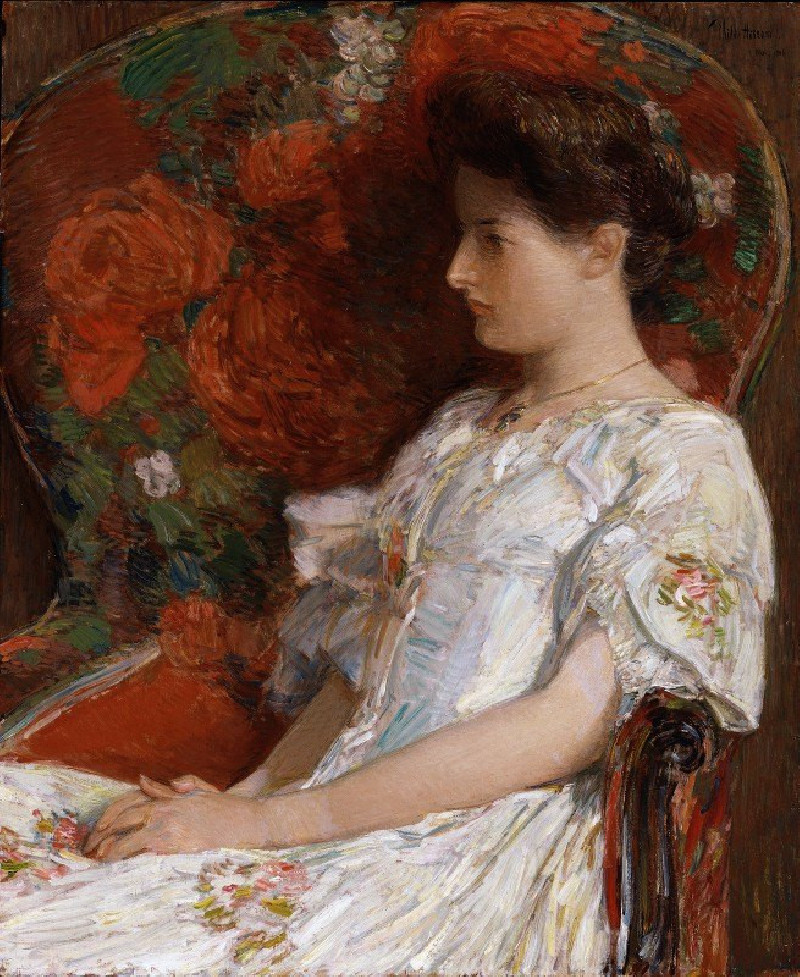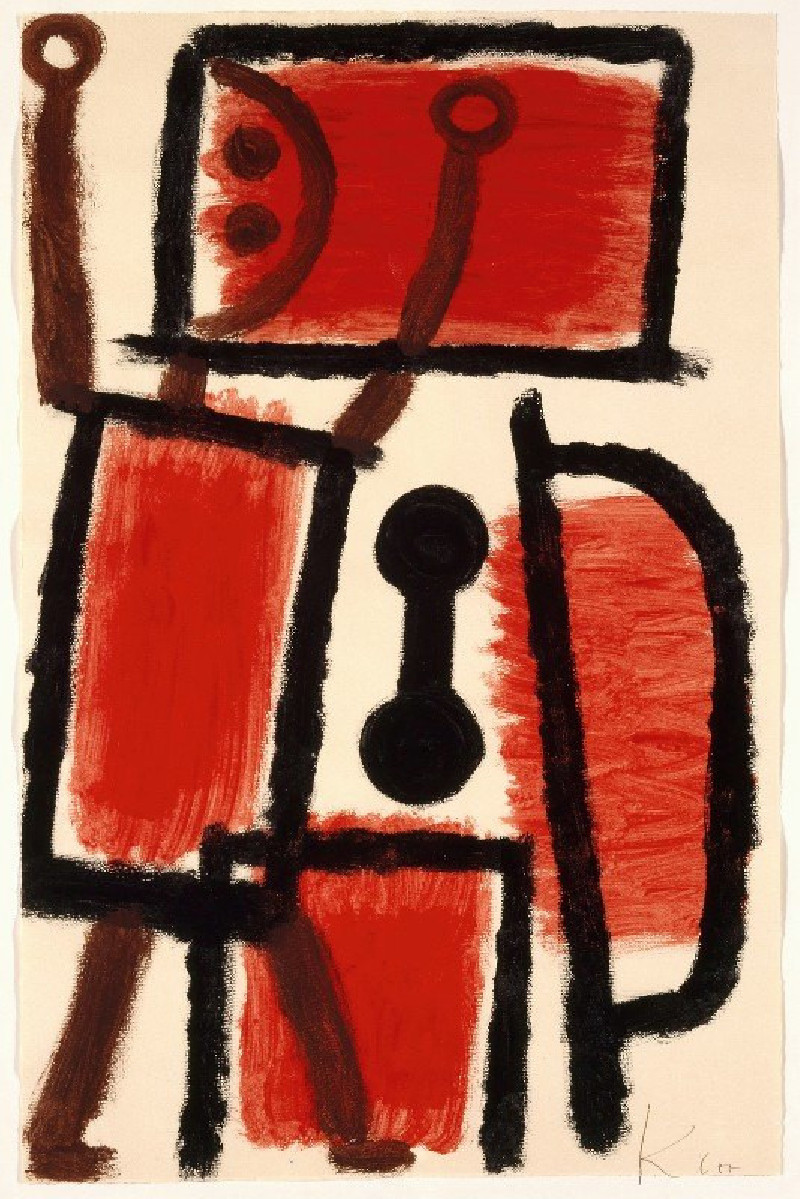Pflänzchen im Wald (1910)
Technique: Giclée quality print
Recommended by our customers
More about this artwork
In this vivid artwork, German Expressionist artist August Macke captures a unique interpretation of nature with his painting "Pflänzchen im Wald" (Little Plants in the Forest), created in 1910. The painting reveals a detailed yet imaginative look at forest flora, focusing particularly on the minute yet varied life forms that thrive on the forest floor.The vivid strokes and lively colors of Macke's palette bring to life the small, thriving plants in an impressionistic manner. The composition centers on a few distinct plant forms, each rendered with its distinct texture and hue. Dominant in the foreground is a striking plant with slender, green leaves, possibly a young sapling, that captures the viewer’s attention. Surrounding it are other lush, leafy greens, depicted in vibrant shades of green and juxtaposed with the earthy tones of the soil.Macke's use of contrasting colors and dynamic brushwork adds a dramatic effect, enhancing the naturalistic theme yet imbuing it with a sense of whimsy and fantasy. Beyond the plants, the background softly blends into abstracted shapes of brown and orange, suggesting a sun-drenched forest landscape that fades into the distance.This painting not only highlights Macke's command of color and form but also reflects his deep connection to nature. It invites viewers to consider the smaller, often overlooked elements of the natural world, celebrating their simplicity and inherent beauty.
Delivery
Returns
August Macke (3 January 1887 – 26 September 1914) was a German Expressionist painter. He was one of the leading members of the German Expressionist group Der Blaue Reiter (The Blue Rider). He lived during a particularly innovative time for German art: he saw the development of the main German Expressionist movements as well as the arrival of the successive avant-garde movements which were forming in the rest of Europe. Like a true artist of his time, Macke knew how to integrate into his painting the elements of the avant-garde which most interested him.

